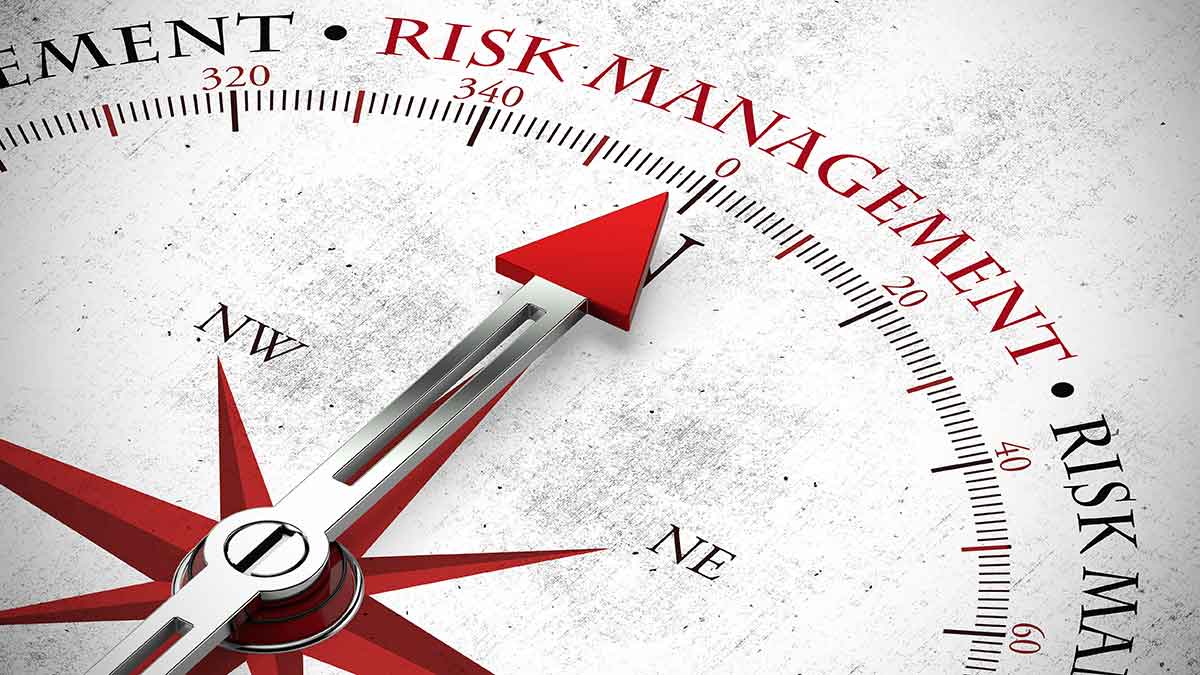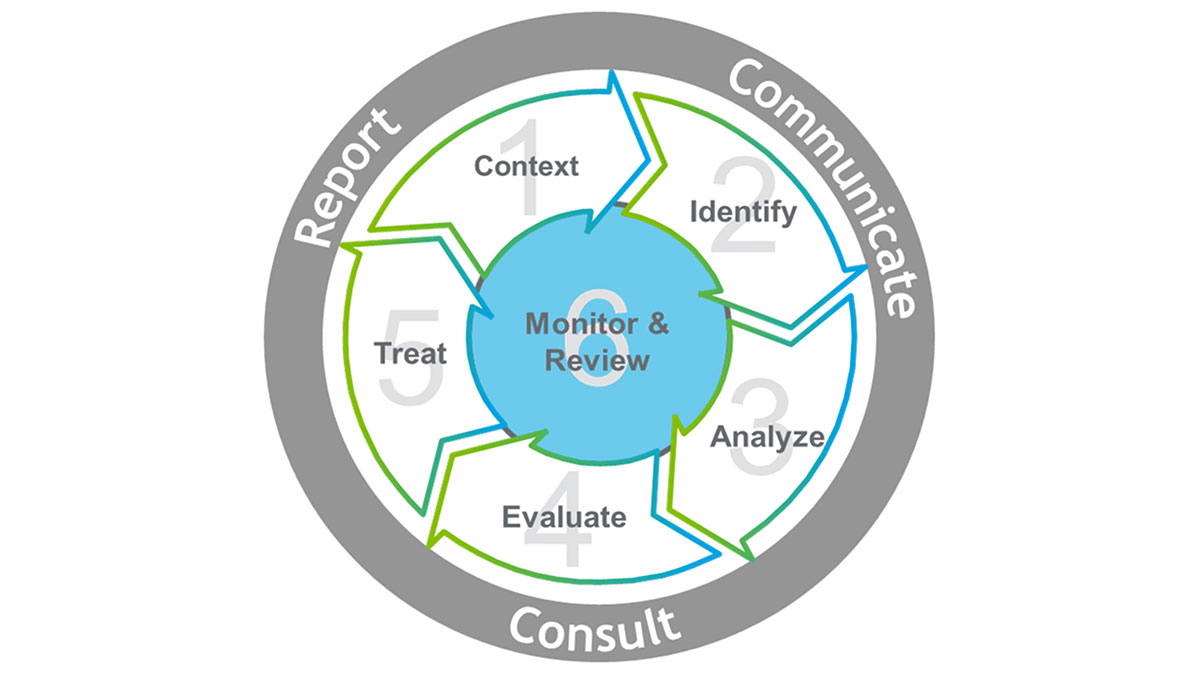Managing Risk
Building and maintaining an effective risk culture

Global April 05, 2021
Conversations, collaboration, and sharing information are critical to managing risk.
Few would argue against the importance of culture to the success of an organization’s enterprise risk management process.
Identifying factors that make a strong risk culture and how it can be aligned with risk initiatives can be challenging.
As culture is an attitude or belief that is shared by people with a common purpose, the building of our risk culture is dependent on all of us having a common appreciation of risk management and a belief in its value.
An effective risk culture allows risk management to be part of the fabric of an organization, rather than a compliance-based deliverable. After all, managing risks should be a primary goal of all employees throughout the company.
People conversations
So how do we build and maintain an effective Risk Culture?
We can start by encouraging people conversations about risk management across the organization. Only by openly sharing what we believe our risks are, will we afford the greater organization an opportunity to become part of the solution.
Make risk management an integral topic at your communication meetings, encourage discussion around the nature of risk in your business. Not only impacts, but also mitigation. Every conversation about risk is an opportunity to improve our collective response.
We all know that to achieve success requires taking some level of risk. Through empowerment, we encourage staff to take risks in support of our common objective, but only when such risk is appropriately controlled and monitored.

Encouraging collaboration
Taking risks is an integral part of business and empowering staff to take calculated risks should always be part of our culture.
Through collaboration, our capacity to collectively manage risk more effectively will improve. Risk conversations across the organization should include collaborations with others, as the best solutions may well be outside of your span of control.
Multidisciplinary team engagements, as well as the sharing of data, business goals, and challenges will actively contribute to greater sharing of information and breaking down “silo” mentalities.
Sharing information
We need to be disciplined and clear in our thinking when making important business decisions. Good decision making requires that we have a full appreciation for the risks involved, the potential consequences as well as treatment plans to reduce any possible loss.
Risk is the management of uncertainty and uncertainty is reduced through information. Make sure that all your decisions are well informed.
Remember, if you are not managing your risks continuously, you are not managing your business.



